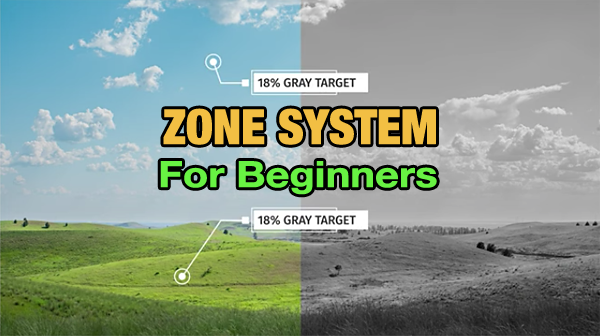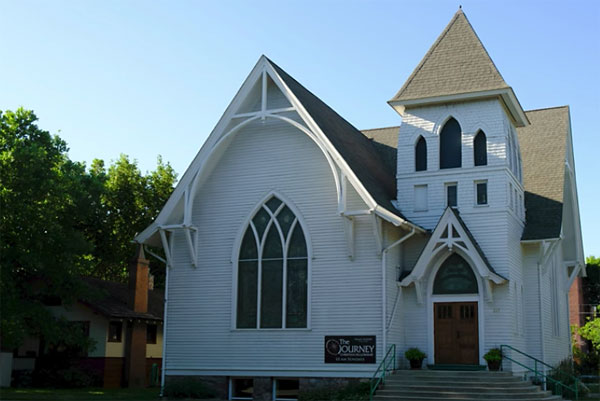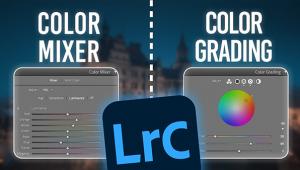Outsmart Your Camera’s Meter & Nail Exposure with Zone System Basics (VIDEO)

The first thing most of us think of when we hear the words “Zone System” is the great Ansel Adams, who developed this powerful exposure technique with Fred Archer over 80 years ago. The second thing that often comes to mind is the word “complicated.”
The eye-opening tutorial below from our friend at the Rocky Mountain School of Photography (RMSP) is likely to change your mind about the difficultly of using the Zone System, as instructor Forest Chaupul de Saintonge explains how to get started in barely 11 minutes. Known for simplifying seeming complicated tasks, Forest explains how to “outsmart your camera’s meter” for perfect exposures in challenging lighting situations.

Today’s cameras feature very sophisticated meters, but they’re designed to provide average results of average subjects; in other words, scenes with a brightness of 18% gray. But does the meter deliver accurate exposures with brighter or darker scenes, or those with high contrast? Not so much.
Take the examples of subjects that are either predominantly white (like a snowfield) or black (like a bad-luck cat). In both cases, if you trust the meter, you’ll end up with a dingy middle gray. That’s where Zone System basics come to the rescue—to balance out blacks, whites, and everything in between.
As Forest explains, “This technique determines how much darker or lighter common things are than 18% gray, and allows the photographer to override their meter for perfect exposures in any situation.” And you simply can’t beat that!

Be sure to check the description beneath the video where you’ll find links for downloading both a Zone System Guide and a helpful chart for future reference.
You can find a wide variety of instructional videos on the RMSP YouTube channel, so be sure and take a look.
We also recommend you check out another helpful primer we posted recently, with a beginners guide to editing landscape photos in Lightroom.
- Log in or register to post comments












































